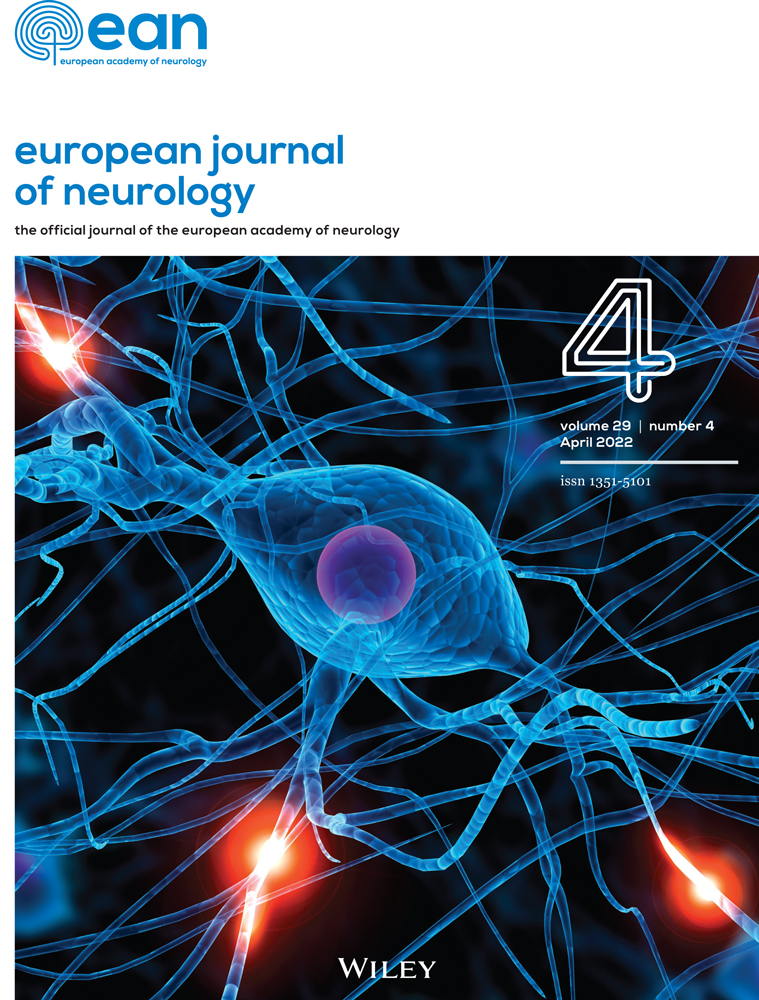Increased mortality following Guillain–Barré syndrome: A population-based cohort study
Funding information
This work received funding from the Bevica Foundation, teacher Svend Aage Nielsen Wacherhausens Foundation, Aase and Ejnar Danielsen Foundation, and A. P. Møller Foundation
Abstract
Background and purpose
Guillain–Barré syndrome (GBS) may be fatal in the acute phase but also affect long-term prognosis due to irreversible sequelae and secondary medical complications. We determined the short-term, intermediate, and long-term mortality of GBS compared to the general population.
Methods
Individual-level data from nationwide registries were linked in this matched cohort study of all first-time hospital-diagnosed GBS patients in Denmark between 1987 and 2016 and 10 individuals from the general population, matched on age, sex, and index date. We used Cox regression analysis to calculate matched mortality hazard ratios (HRs) following GBS, assessing short-term (0–6 months), intermediate (>6 months–4 years), and long-term (>4 years) mortality.
Results
We identified 2414 patients with GBS and 23,909 matched individuals from the general population. Short-term mortality was 4.8% (95% confidence interval [CI] = 4.0–5.8) and 0.8% (95% CI = 0.7–0.9) for GBS patients and general population members, respectively, resulting in an HR of 6.6 (95% CI = 4.0–5.8). Intermediate mortality was 7.6% (95% CI = 6.5–8.9), compared with 5.8% (95% CI = 5.5–6.1) for general population members, corresponding to an HR of 1.5 (95% CI = 1.3–1.8). After the first 4 years, long-term mortality showed similar results for GBS patients and general population members (HR = 1.1, 95% CI = 0.9–1.2).
Conclusions
During the first 6 months after GBS hospital admission, GBS was associated with a 6.6-fold increased mortality as compared with the background population of the same age. Mortality remained increased for approximately 4 years following GBS, and then leveled off to a similar long-term mortality rate.
CONFLICT OF INTEREST
None of the authors has any conflict of interest to disclose.
Open Research
DATA AVAILABILITY STATEMENT
Data are obtained from a third party and are not publicly available.




